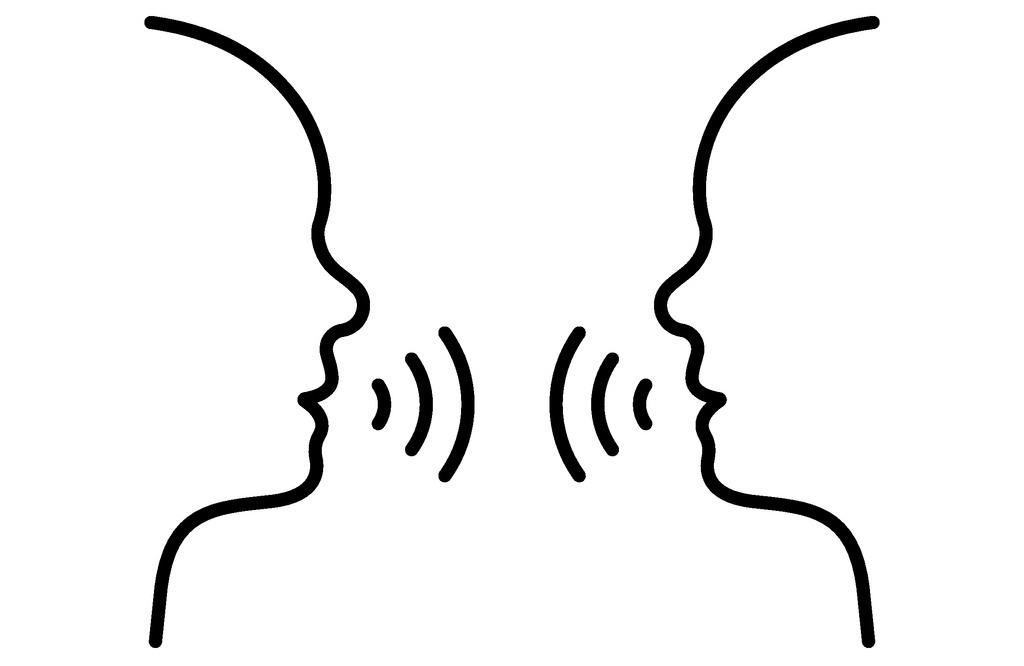When we think of languages, we think of the most widely spoken: English, Spanish, French, German, Chinese and maybe others such as Arabic, Japanese and Russian, and even Latin. There are about 6,500 languages spoken across the globe, but sadly the lesser known languages are in the danger of becoming extinct. You might like this article that lists more endangered languages and their chances of surviving in 2019.
There are several reasons why certain languages are dying: natural disasters, war, genocide, colonial suppression, and many others. There are programs around the world whose intention is to preserve and save these dying languages — because the death of these languages will inevitably lead to the death of their culture.
There are about at least hundred languages at risk of dying out, but we will list only a few here in this gallery.
Also known as Pinche or Pinchi, Taushiro is the language of the Peruvian natives who live in the Amazon region, near Ecuador. Taushiro is a “language isolate,” which means it has no direct historical or linguistic connection to the other languages. As of 2002, there is only one native speaker of Taushiro, which is listed as a possible extinct language.
Kaixana belongs to the family of Arawakan languages, developed by indigenous peoples in South America. Kaixana used to be spoken by natives who lived along the banks of the Japura River in Brazil. At one time, there were over a hundred speakers. But as of 2006, there is only one person who speaks the language fluently, which makes the language at the risk of becoming extinct.
Lemerig is an Austronesian/Oceanic language spoken in the island of Vanua Lava, a region in Vanuatu. Presently there are only two remaining speakers of this language, who live in the island’s northern coast
The Chemehuevi belongs to the family of Uto-Aztecan languages. It used to be spoken widely in the US Midwest and in the eastern coast. Although the Chemehuevi tribe still exists, the Chemehuevi language is otherwise dying; as of 2007 there are only three people (all adults) who speak the language fluently.
There are concerted efforts to preserve the language by re-introducing it to the younger generation of this tribe. As of this writing, a Chemehuevi dictionary is expected to be released in 2016.
Njerep is a Bantoid language native in Nigeria and Cameroon. However, it is already extinct in Cameroon, and only four persons in Nigeria speak the language fluently, while only six people remember it but cannot speak it. According to anthropological reports, the youngest person who speaks Njerep is aged 60, which means the chances of the language surviving beyond this generation are very small.
Paakantyi is an Australian Aboriginal language spoken by individuals who live on the banks of the Darling River, New South Wales. Reports differ as to the number of surviving native speakers — they range from 4 to 22. Nonetheless, it’s hard to deny that this language is indeed on the verge of extinction.
Yuchi is a language spoken by the Yuchi people who are natives living in east central Oklahoma. It is one of the world’s endangered languages, as only five people speak it fluently. One of the native speakers, Josephine Wildcat Bigler, died in 2016 at the age of 85. There are projects which intend to save the Yuchi language by teaching it to the younger generation.
Another critically endangered language on this list is Chamicuro, which is native to Peru. As of 2008 there are only eight native speakers and most of them are old people. There are no children who speak the language as they have shifted to Spanish. However, the native speakers have even managed to create a Chimacuro dictionary.
Only a handful people who speak Liki inhabit on the islands off the northern coasts of the Papua province, Indonesia. As of 2005, there are only 11 fluent speakers of this language, which is also doomed to become extinct.
Ongota has an Afro-Asiatic origin, and is spoken by only 12 elderly people at a small village along the western banks of the Weito River, in Ethiopia. It is one of the languages which is said to be on the decline. The rest of the villagers, on the other hand, have shifted to the more dominant Tsamai langauge.

